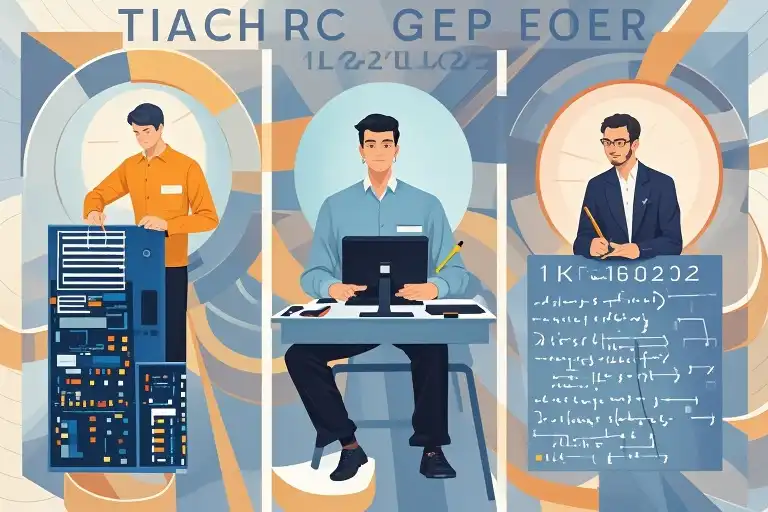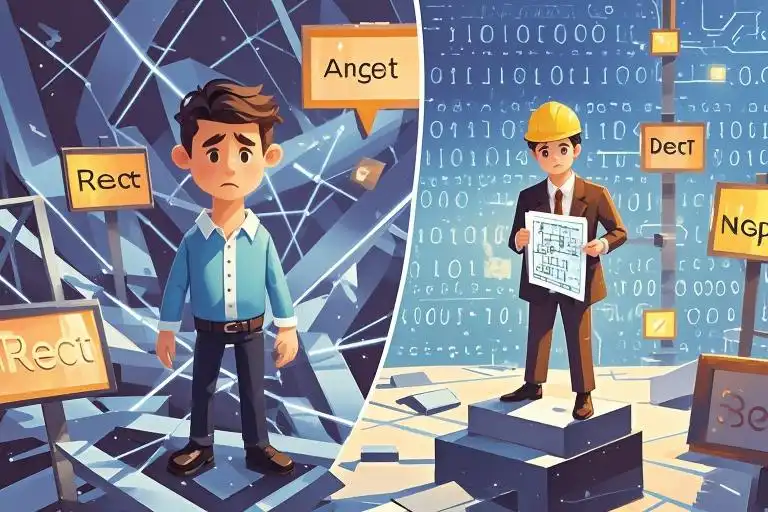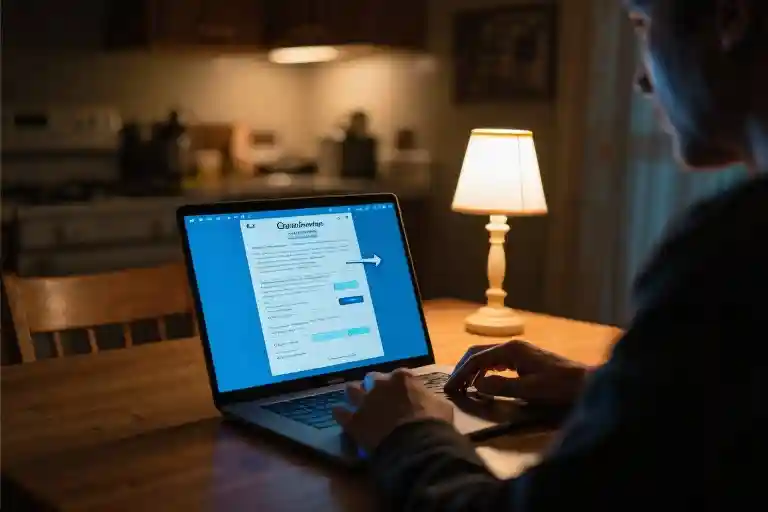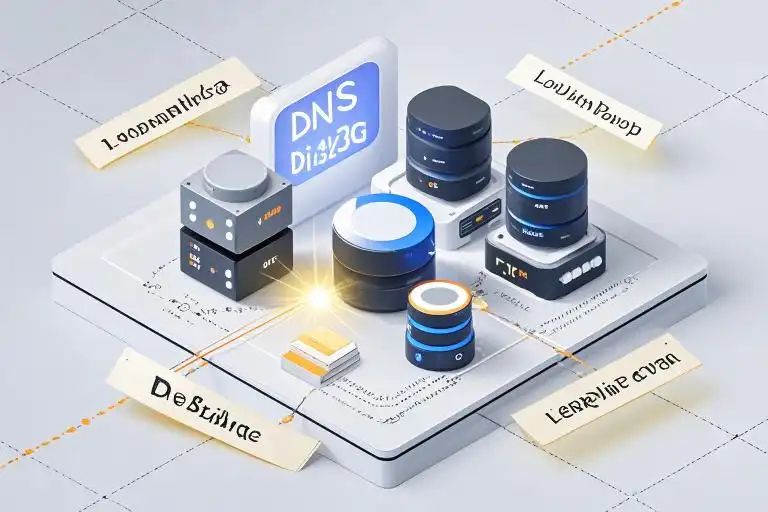The coffee machine hummed as James stared at his performance review. “Good at Angular, but struggles with custom solutions,” his manager had written. His hands shook holding the document – this wasn’t the “Senior Engineer” trajectory he’d imagined when learning frameworks. Does this story feel familiar?
When Frameworks Stop Being Magic
We’ve all been there. You master React’s component lifecycle, configure Django ORM like a pro, then suddenly hit a wall when the project requires WebSocket optimization. Frameworks are wonderful tools (seriously, thank you ASP.NET teams!), but they’re like GPS navigation – brilliant until you need to go off-road.
Recent Stack Overflow data shows:
- 68% of devs can implement REST APIs using frameworks
- Only 29% understand HTTP/2 protocol details
- 41% struggle with memory leaks in their chosen language
This creates what I call the “Configuration Paradox” – the better frameworks become, the easier it is to build shallow expertise.
Phase 1: The Frameworker’s Trap (And How to Escape)
Meet Sarah, a typical Frameworker:
- 🛠️ Builds CRUD apps faster than Starbucks baristas make lattes
- 🎯 Excels at framework-specific patterns (Angular services, Django middleware)
- 😅 Gets nervous when asked to explain closures in JavaScript
Survival Strategy: Start reverse-engineering your framework. Next time you use Vue’s reactivity system, ask:
- How does it track dependencies?
- What virtual DOM optimizations happen?
- Could I implement a simpler version from scratch?
Try this exercise: Create a TODO app using vanilla JavaScript after building one with React. You’ll suddenly appreciate framework magic – and start understanding it.
Phase 2: Becoming a Language Whisperer
Languages aren’t just syntax – they’re living ecosystems. Let’s dissect Python’s walrus operator (:=) through three lenses:
| Level | Understanding | Career Impact |
|---|---|---|
| Frameworker | “Weird syntax for assignments” | Junior dev tasks |
| Programmer | “Helps in while loops” | Mid-level contributions |
| Engineer | “Changes parser behavior – see PEP 572” | Architectural decisions |
True story: When Netflix migrated to GraphQL, engineers who understood Python’s async generators outperformed those relying solely on Apollo Client.
Phase 3: Engineering Mindset Cultivation
Real engineering starts where frameworks end. Let’s break down a cloud migration decision:
Problem: Should we use AWS Lambda or Kubernetes?
Frameworker Approach:
- Choose what’s trending on Dev.to
- Copy-paste deployment scripts
Engineer’s Analysis:
- Cold start analysis: Node.js vs Go performance
- Cost projections at 10M requests/month
- Observability requirements
- Team skill inventory
This is where you transform from code assembler to digital architect. Remember: Anyone can follow a recipe. Engineers design kitchens.
Your Career Growth Toolkit
1. The Framework Detox Plan
- Weekly “No Framework Friday” – build features raw
- Contribute to open-source framework plugins
- Study framework RFCs (React’s discussions are gold)
2. Language Deep Dives
- Memory management diagrams
- Standard library source code review
- ECMAScript proposals tracking
3. System Design Muscles
- Practice the “5 Whys” for every tech decision
- Document architectural mistakes (yes, really)
- Simulate outages during coffee breaks
Beyond the Code: The Human Stack
Technical skills get you to the interview. Engineering maturity gets you promoted. Three non-code essentials:
- Tech Debt Communication
Learn to explain technical debt in business terms:
“Delaying database indexing optimization could increase AWS costs by $12k/month by Q3” - Mentorship Dynamics
Adopt a T-shaped mentoring style:
- Deep vertical expertise (your framework specialty)
- Broad horizontal guidance (career development)
- Ethical Engineering
Consider:
- Carbon footprint of your cloud architecture
- Accessibility implications of UI choices
- Data privacy chain of custody
The Choice Is Yours
That junior dev fixing framework warnings today could be tomorrow’s tech lead designing the next Kubernetes… or remain stuck updating dependencies. The difference? Engineers don’t just use tools – they understand the hands that made them.
Your action plan starts now:
- Pick one framework feature you use daily
- Trace its implementation down to language primitives
- Teach your findings to a colleague
Remember: Frameworks are destinations. Engineering is the journey.
“The master engineer has no fixed framework but uses all frameworks as his tools.” – Ancient Dev Proverb (Probably)




